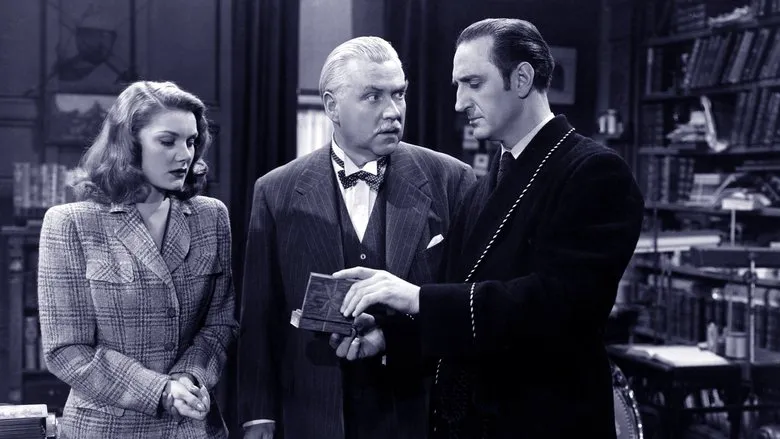The Danish Girl: A Pioneer’s Journey of Self-Discovery
Set in 1920s Denmark, “The Danish Girl” presents a story that resonates even today, though nearly a century removed. While societal understanding and acceptance of transgender individuals have grown significantly, the idea of a husband transitioning to a woman would still be a profound and often challenging situation for many. Back then, it was almost unfathomable.
The medical community, largely unequipped to understand, often misdiagnosed it as a mental illness. However, for those experiencing gender dysphoria, it was a fundamental misalignment causing immense distress, a journey toward correcting their true identity.
The Societal Construct of Gender and its Disruption
Gender is deeply ingrained in societal structure, a seemingly immutable characteristic assigned at birth. Women are expected to fulfill traditionally feminine roles, while men are encouraged to embody strength, bravery, and bear responsibility. These ingrained expectations create a framework through which society operates.
However, when this fundamental sense of self is challenged or disrupted, the experience can be incredibly tumultuous, shaking the very foundation of one’s being. It’s a battle between an internal reality and an external expectation.
Lili Elbe: A Biographical Account
“The Danish Girl” tells the biographical story of Lili Elbe, one of the first known individuals to undergo gender reassignment surgery. The film chronicles her life, struggles, and ultimate pursuit of her true identity.
Einar and Gerda Wegener, both talented painters, shared not only a university connection but also a deep bond. Einar, a gentle and refined man, possessed an empathetic nature and a reserved demeanor. Gerda, recognizing his kindred spirit, initiated their relationship, firmly believing him to be her soulmate.
Their relationship appeared idyllic. A love seemingly destined to last a lifetime, filled with peace and the promise of a shared future. They appeared inseparable, a beacon of love and harmony.
The Unveiling of Lili’s Identity
Ironically, Gerda inadvertently set in motion the events that unlocked Einar’s true gender identity. When her female model was unavailable, Gerda asked Einar to pose in women’s clothing for her paintings. This act served as a catalyst, unveiling the dormant femininity within Einar. The feel of the fabric sparked an undeniable feeling, as if it were her own skin.
This wasn’t entirely without precedent. As a child, Einar experienced a moment of gender expression while wearing his mother’s apron and being kissed by a friend, an expression quickly suppressed.
He began wearing Gerda’s nightgowns. Initially, Gerda thought it was for fun, perhaps as a way to add excitement to their marriage. Even encouraging his to go out in drag. She created the persona of Lili Elbe. Einar’s evolution into Lili was unexpectedly graceful, revealing an undeniable femininity. However, when Gerda witnessed Lili kissing another man, the gravity of the situation became apparent.
Gerda’s Struggle and Eventual Acceptance
Gerda wrestled with the complex reality before her. Einar occupied many vital roles in her life: husband, lover, confidant, partner, colleague, soulmate, and sexual partner. She confronted him, pleading for him to revert to his former self. Ironically, Gerda’s paintings featuring Einar as Lili gained recognition, leading to an exhibition in Paris.
Hoping a change of scenery might aid Einar’s rediscovery of himself, they relocated to Paris. However, Einar’s irreversible path was unfolding. Increasing comfort and happiness when expressing as Lili and wearing women’s clothing. This was more than transvestism. He didn’t merely enjoy cross-dressing, nor was it motivated towards men. He simply felt compelled to be a woman.
The Relentless Pursuit of True Self
When presented with the possibility of gender reassignment surgery, he was unwavering. Despite Gerda’s despair he decided to press further. Forgoing all parts of his current life from relationships to occupation. He prioritized his authenticity, despite how selfishly it could have been perceived by the outside world.
Gerda, initially resistant, ultimately chose understanding and support.
The Transformation and a Tragic End
After the initial surgery, Lili started living as a woman. She worked as a saleswoman, enjoying the company of female colleagues and earning a quick promotion to supervisor . She and Gerda still shard a bed. Gerda desperately tried to remind Lili of their past, but Lili resisted. Gerda loved “her”, but her husband was no longer there.
Lili underwent the final surgical procedure to obtain a uterus, completing her as a woman. This resulting in her death due to complications. In the end, Lili dreamed of memories with her mom, and wanting to have a kid of her own.
She was simply a man who yearned to be a woman. A twist of fate turned her into a legend.